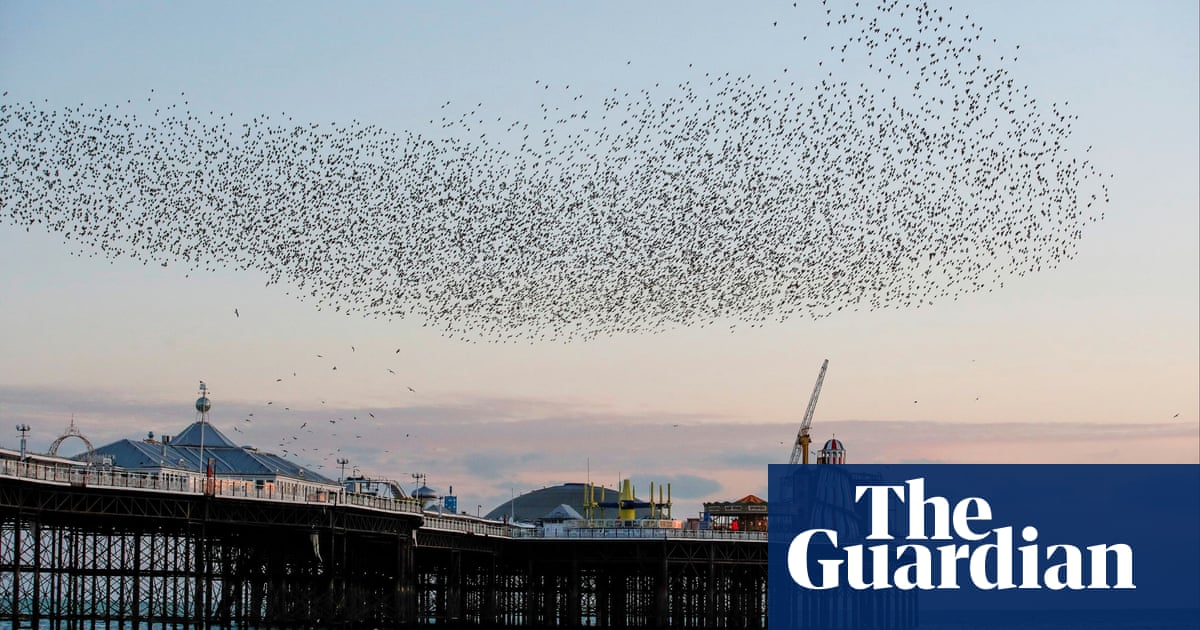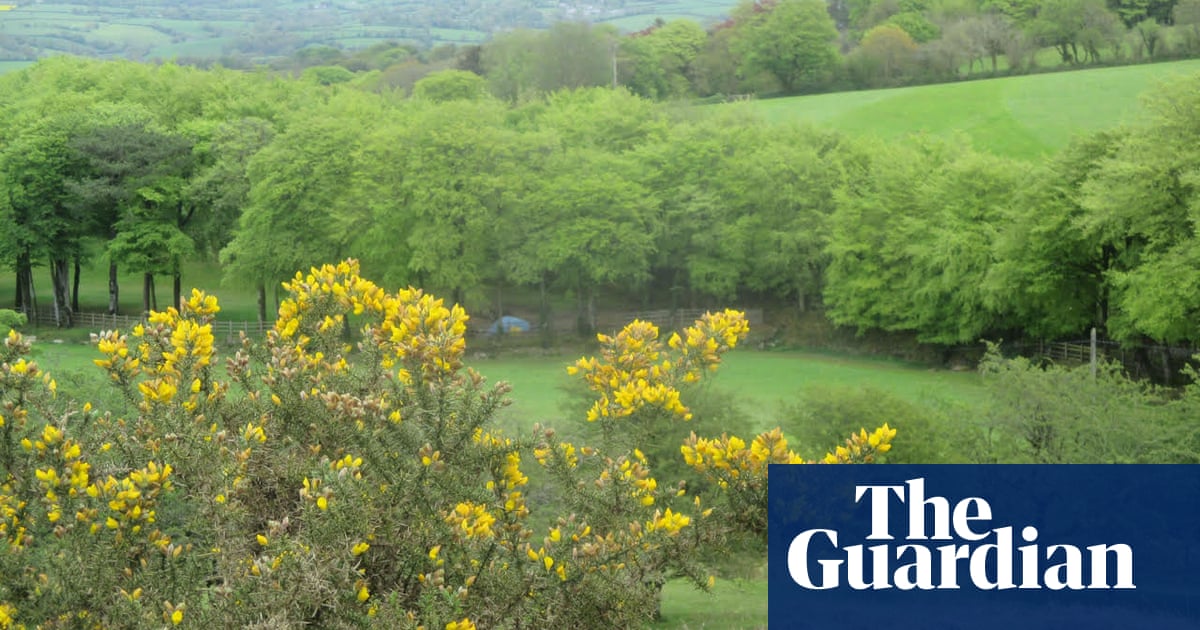
Black darter dragonflies get darker as they age. This one has an almost blue sheen. Through binoculars I can make out three smudges of a dull yellow to the tip and base of the abdomen, two stripes slanting across the thorax and one bloom of blond down. But these are only details to its crushed-velvet blackness, and wings made of wrought iron and glass.
Black is the right word for this one. Darter not so much. Its flight is too reluctant, too cold-muscled. I first saw it by the path, slipping slowly between the seedheads of ribwort plantain, almost invisible in the shadows. At rest, it is easy to pass over as a fragment of a stem, broken and bent by the rain showers that have washed the light from the afternoon. This is a day that has alternated between heather glowing pink and purple in the sun, and a glen capped in thick grey. Shirt sleeves and waterproofs. September here can feel like summer and winter all wrapped up together.
The friend I’m walking with is a trees and wilderness person. Insects don’t really do it for him. I think about explaining that the black darter is our smallest dragonfly species; that the black markings aid thermoregulation, useful in this moment; or that it is an acidic habitat specialist, declining in range. Or how it seems to me that dragonflies – so seemingly fussy about what weather they will fly in at the start of their season – cling on at the end of the season, in the unlikeliest weather, eking out each day until they eventually succumb to the cold.
I settle for telling him that I’m pleased to have seen it, that it might be the last dragonfly I see this year. It feels important to recognise this, because one by one the lights of summer go out. First, the swifts leave our skies, then the Scotch argus disappears from these moors, and soon it will be the swallows’ turn.
It’s easy not to notice it happening until – suddenly – you regret not noticing the last of them. We have to make the most of summer while we can.












